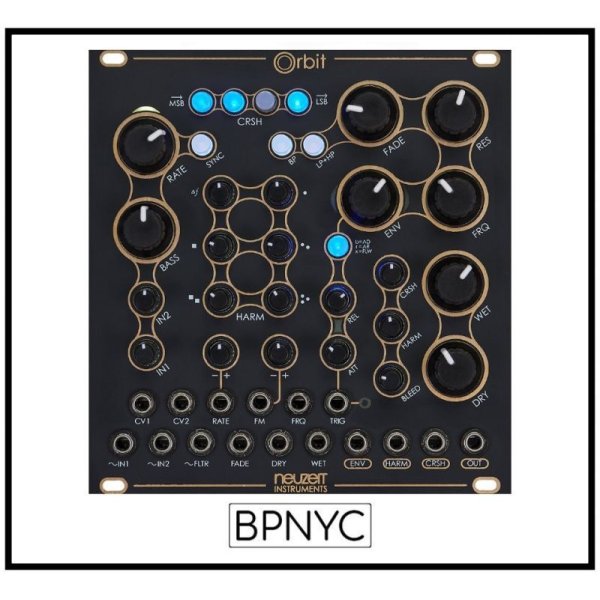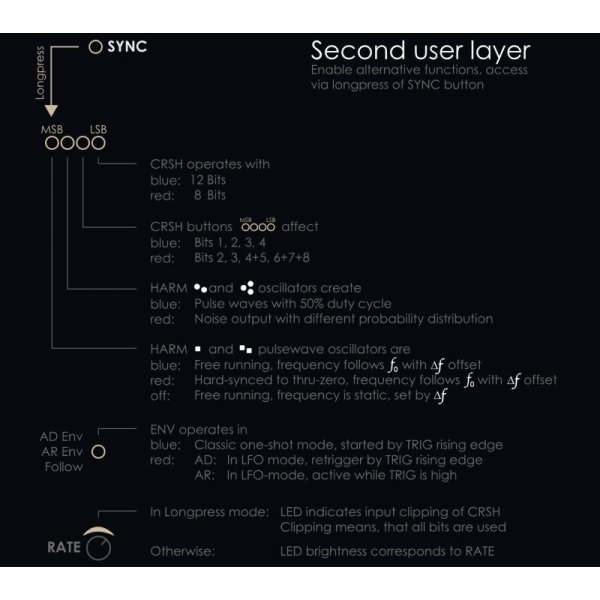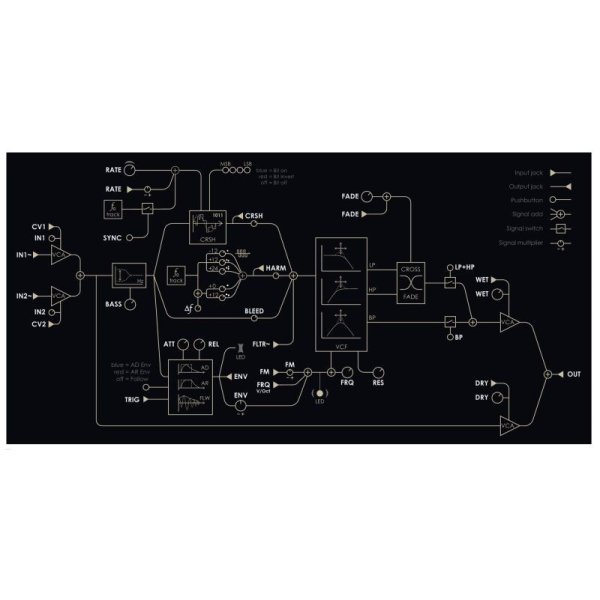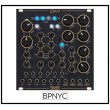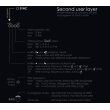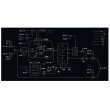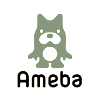商品詳細
NEUZEIT INSTRUMENTS Orbit
販売価格: 76,046円
[通常販売価格: 80,900円]
重さ: 1lb
- Tweet
商品詳細
| Width: | 24 HP |
| Depth: | 40 mm |
| Current draw +12V: | 139 mA |
| Current draw -12V: | 97 mA |
| Current draw +5V: | 0 mA |
** Includes 3mm screws and 16-Pin to 10-Pin eurorack power cable **
Make simple things sound rich! Orbit is a mighty tool for transforming any kind of sound into a totally new sound design. In combination with an oscillator this module forms a complete synth voice. Orbit is a versatile tool for sound shaping and sound design.
Main functions:
- Bitcrusher - with invertible bits
- Harmonizer - with up to 5 oscillations
- Multimode Filter - 12dB/Oct with Fade between LP/HP
- Envelope Generator - with LFO function
- Mixer - with VCAs for DRY and WET
- Input mixer - with VCAs
- Everything DC-coupled
DESCRIPTION
1) IN input stage
Orbit has two inputs that are summed via the volume controls IN1 and IN2. Orbit is designed for audio signals, but envelopes or LFOs can also be processed as the inputs are DC-coupled. The input mixer uses VCAs so that the levels of IN1~ and IN2~ can be controlled by CV. For the CRSH section in particular, the input level is decisive for the timbre of the bitcrusher.
2) BASS equalizer
The BASS stage is a one-button EQ that boosts bass frequencies when turned to the right and cuts them when turned to the left. This has a drastic impact on the following CRSH level and works particularly well with percussion, bass and kick drums.
3) CRSH bitcrusher
The analog audio output of the BASS EQ is digitally sampled with a sampling rate between 50Hz and 38000Hz. The CRSH stage interprets the analog signal as a binary representation with 8 or 12 bits and outputs the downsampled signal as an analog signal. As a special feature, individual bits of the binary representation can be inverted or muted. This leads to subtle to drastic waveshaping and adds harmonics to the original signal, but these are always multiples of the fundamental frequency.
The sampling rate is determined by the RATE control and the CV modulation. The CV input RATE has its own potentiometer to multiply the incoming control signal by a positive or negative factor.
If SYNC is activated, the sampling rate is proportional to the determined fundamental frequency of the summed input signal. Thus the RATE parameter follows the pitch of the input signal. The RATE potentiometer and the CV input still have an effect on the sampling rate.
With the four buttons MSB to LSB, individual bits of the binary representation of the audio signal can be muted or inverted. A blue button indicates that the bit is processed normally. A red button indicates that the bit is inverted. When the button's LED is dark, the corresponding bit is muted, i.e. it is always interpreted as zero and ignored. In terms of sound, this has a similar effect to inverting the bit, although this is not as drastic.
The affected bits can be changed via the secondary operating level of Orbit (which is accessed by holding down SYNC). In the standard setting, the four buttons of CRSH determine the interpretation of bits 1-4; in the alternative setting, buttons 1-4 influence bits 2, 3, 4 + 5 and 6 + 7 + 8. The alternative setting makes the Bitcrusher sound less harsh.
The full bit range is only used by CRSH if the input level of CRSH is high enough. In the secondary user layer of Orbit, the LED above the RATE potentiometer shows whether the input level of CRSH is maximally controlled (clipping). The LED lights up when the input of CRSH reaches or exceeds the maximum audio input level of the analog-to-digital converter of CRSH, which means that the full bit range of CRSH is used. Lower input levels mean that not all bits are used and the output of the bitcrusher sounds more edgy.
4) HARM oscillators
The HARM section can be used to add up to five oscillators to the audio signal, each oscillator having its own level potentiometer. This section allows you to create chords, noises, etc. from otherwise simple audio waves. The central component of HARM is the measurement of the fundamental frequency of the incoming audio signal. HARM contains five square wave oscillators. Three of them are set to fixed offsets of -12, 0 and +12 semitones relative to the measured frequency f0. Two further oscillators are set to ?f + 0 and ?f + 12 semitones, whereby ?f can be fine-tuned using a potentiometer in a range from -12 to +12 semitones.
Optionally, these two oscillators and
can be permanently synchronized to rising zero crossings of the input signal. This behavior can be activated in the second layer of Orbit, which is accessed by long pressing SYNC (see "Quickstart").
The oscillators and
can be switched from the square wave output to noise outputs with a different probability function. While
sounds like white noise,
has an uneven probability distribution and sounds more LoFi.
Orbit also digitally measures the input level of the incoming signals. When there is no input signal present, HARM's oscillators are turned off. HARM can thus be seen as an increase in the input signal. In fact, the shape of the input signals does not affect the output of HARM, instead zero crossings are used for the f0 calculation.
5) VCF analog multimode filter
The outputs of the CRSH, HARM and BASS stages are summed in a small mixer section with separate volume potentiometers before they are fed into the filter. The FLTR~ input can be used to feed an external signal directly to the filter additionally. The level control of the BASS stage output is marked with "BLEED", as it describes the leakage (bleed-through) of the clean signal. The mixer also allows the mixed signals to be amplified, which can overdrive the VCF, resulting in some analogue distortion.
Orbit's filter is a voltage-controlled 12-dB / oct and V / octave filter based on OTA, which outputs low-pass (LP), high-pass (HP) and band-pass (BP) at the same time. These can be activated with the corresponding buttons and can be used simultaneously. Low-pass and high-pass are activated with the same button, with the FADE potentiometer fading seamlessly between LP and HP. If FADE is on the far left, only the low pass is fed to the output of the filter and the further you turn to the right, more and more high pass is added. When FADE is in the center position, the LP and HP levels are the same. The FADE parameter can also be voltage controlled via the CV input.
As is usual with VCFs, the cutoff frequency FRQ and the filter resonance RES can be set using a potentiometer. FRQ has two CV inputs FRQ and FM, with FM having an additional damping potentiometer to multiply the incoming CV by a positive or negative factor. If RES in is turned all the way to the right, the filter works in self-oscillation and outputs a fairly clean sine wave that can also be used as an oscillator. Orbit's integrated envelope generator and output VCAs are designed in such a way that the filter can also be used to create analog kick drums.
6) ENV envelope and LFO generator
Orbit contains a 12-bit envelope with attack (ATT) and release/decay (REL) control. Since the envelope is generated digitally, both very fast and extremely slow settings are possible.
Three modes are available: In AD mode the envelope is triggered by a rising edge of the 5V gate signal at the TRIG input. The output signal rises linearly during the attack phase and falls exponentially during the decay phase. In AR (Attack Release) mode, the envelope remains at its maximum level until the gate signal drops back to 0V before entering the release phase. In FLW mode, the envelope follows the amplitude of the input signal, with ATT and REL determining how fast or slow the envelope follows. TRIG has no effect in FLW mode.
Orbit's second level of control allows you to activate LFO modes for AD and AR mode, in which the envelope always retriggers itself. When LFO is activated, a rising edge at the TRIG input in AD mode resets the envelope's phase to 0V. In AR mode, the envelope remains active only as long as the input signal at TRIG is high.
ENV is internally routed to the cutoff frequency of the filter. The ENV control applies the envelope with a positive or negative factor to FRQ. Signal LEDs indicate the level of ENV and the direction and amount with which ENV is applied to the filter. Additionally, ENV is available at the corresponding output socket with a voltage level of 0-8V.
7) OUT stage
The output of Orbit consists of a mix of DRY and WET signals, where WET describes the output of the filter and the DRY signal denotes the unprocessed sum of IN1 ~ and IN2 ~. The levels of DRY and WET are set separately using the corresponding potentiometers. DRY and WET are designed as voltage-controlled amplifiers with a CV input so that the output mix can also be modulated via CV. The HARM and CRSH outputs are also available on separate output sockets.
*** お問い合わせ&予約受付中 ***
当店で扱っている各商品は大量生産ではありません。 メーカーにも在庫に限りがあります...
確実に欲しい商品に関しては早めに予約/在庫確認する事をおすすめします...
尚、お取り寄せをしなければいけない場合の納期は大抵3~5週間位と思っていただければ幸いです。
